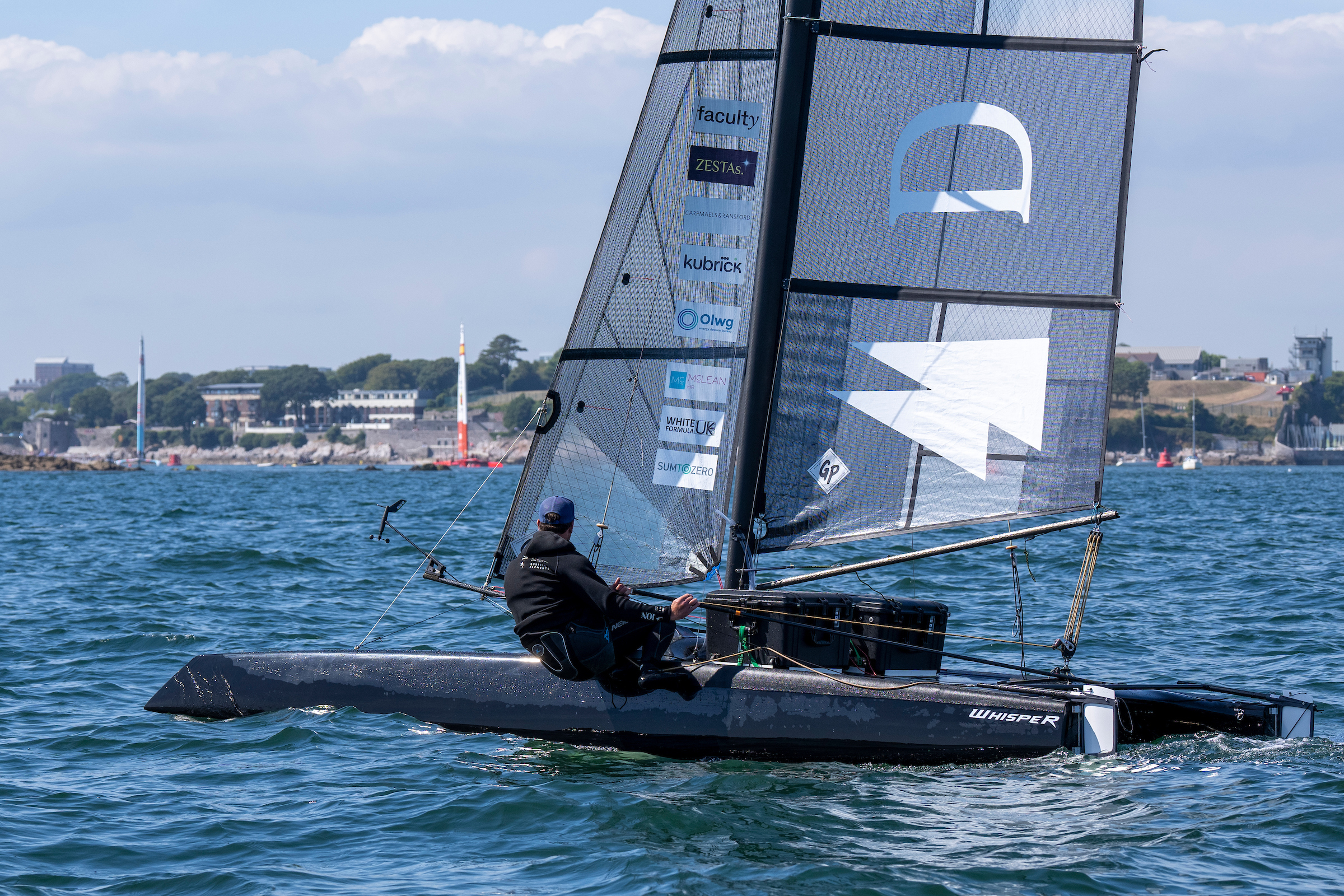09/22/2022
Drift Energy: Are Hydrogen-Powered Yachts In Our Future?
By: Zuzana Prochazka, yachtworld.com
| Hydrogen power has been a hot topic for several years, especially in the auto industry. Not to mention, many European countries have set energy transition goals to net-zero carbon emissions within the next 30 years. Some people will tell you that the reality of an economical, accessible, general market solution for hydrogen-powered cars and boats is still far off in the future. But UK-based Drift Energy is ready to bring clean energy to sea and prove them wrong. This July, the firm launched a vessel off Essex, England that generated hydrogen while sailing using only wind power. They managed to store it for later use as well. |  |
The boat Drift used in the project is a second-hand 18-foot foiling catamaran. It can sail up to 25 knots in the right wind conditions, lifting up onto foils while dragging a turbine through the water. This hydro-generator produces electricity that’s then used to split water into hydrogen and oxygen. A two-hour sail filled a 1.5-gallon storage tank. Drift Energy says that if the tank was larger, the boat could have produced up to 10 times as much hydrogen — this is enough to charge about 15 cell phones. Sure, arguments could be made that the power it takes to charge a dozen cell phones is a far cry from the volume needed to power the propulsion system of a car or a yacht. Then again, Drift Energy claims its process is replicable and scalable, so more robust energy solutions are forthcoming.
The goal is to scale the project to a 130-foot energy yacht that can produce 55,000 gallons of hydrogen per hour. Of course, the right wind conditions are necessary to drive these flying yachts, not to mention a process to deliver the hydrogen where it’s needed. That in itself takes energy. Furthermore, in order to optimize the sailing, routing algorithms must help the yacht find the most conducive weather to maintain sufficient speeds. Drift Energy has partnered with artificial intelligence (AI) firm, Faculty, to create routing algorithms that optimize load factors in order to generate the most energy in the shortest time.
So, this brings some questions. First, will the process be replicable in the Pacific and other oceans with different wind patterns? Also, what infrastructure is needed to manage this process — the creation and deployment of offshore docks and collection depots? Could these flying yachts refuel ocean tankers at sea? Will peak routes have to be altered based on changing weather patterns impacted by climate change? Drift will be sea trialing additional boats and working with AI to learn more and hopefully begin to address these questions.
With each advance in hydrogen energy, we’re one step closer to a clean energy future. We can’t wait to see what Drift Energy has in store for us. Stay tuned for updates.
More Info